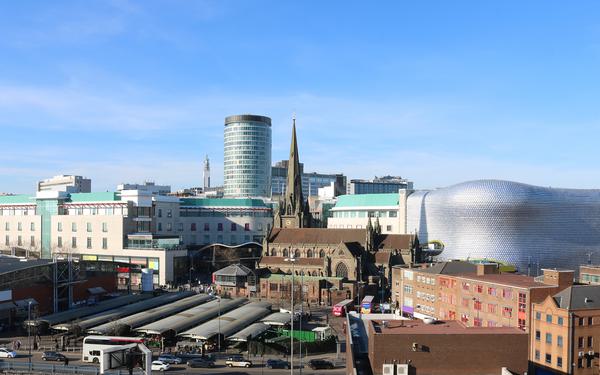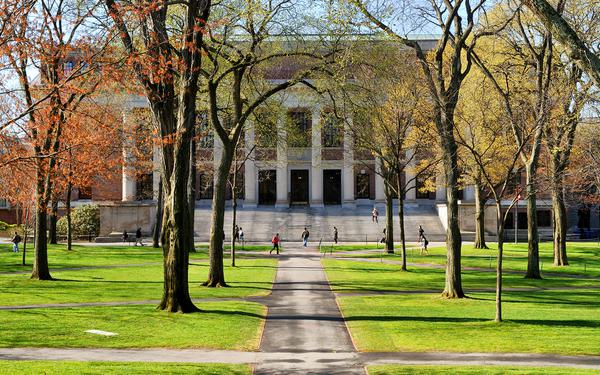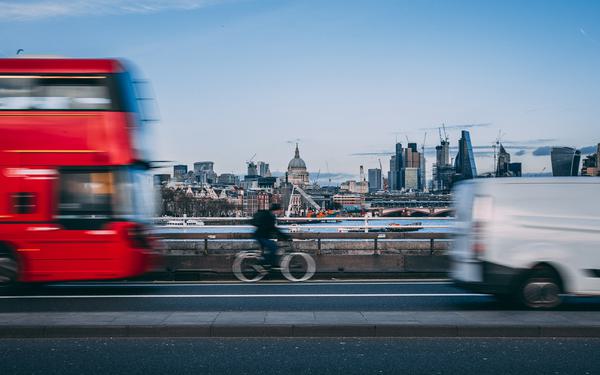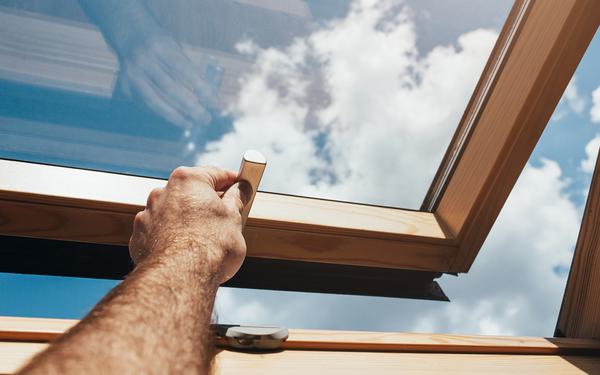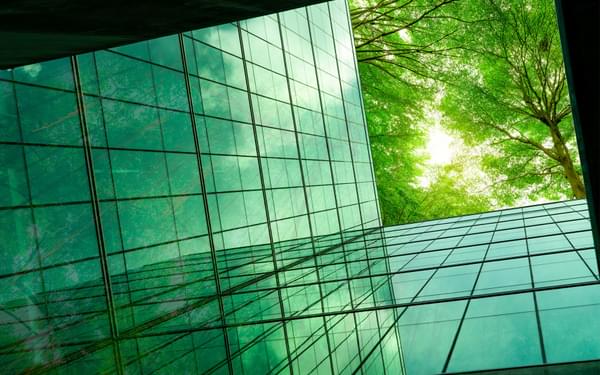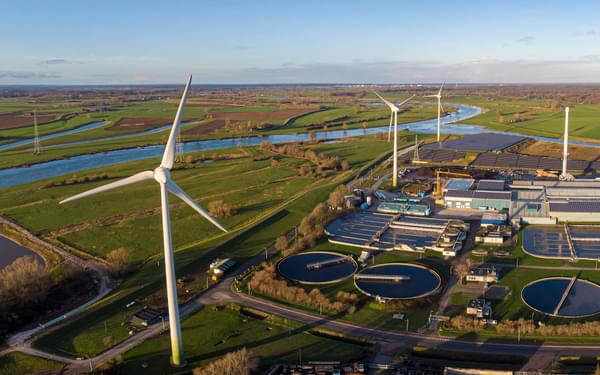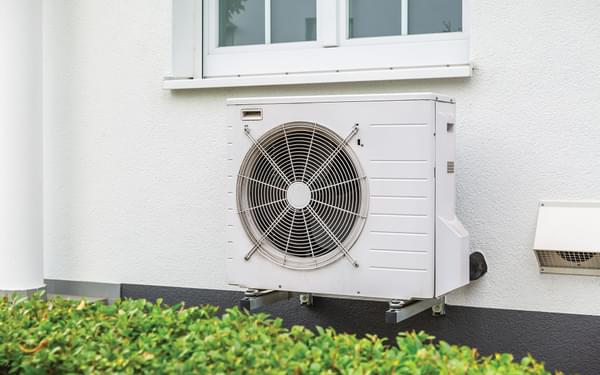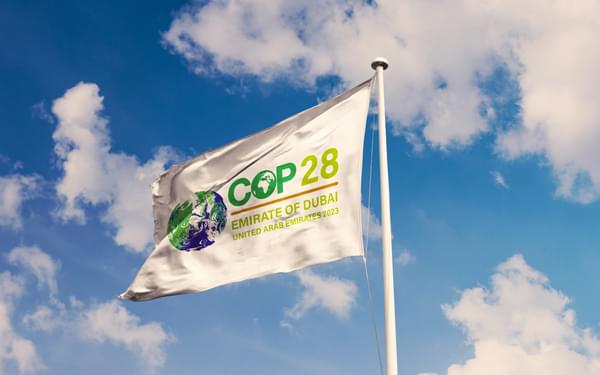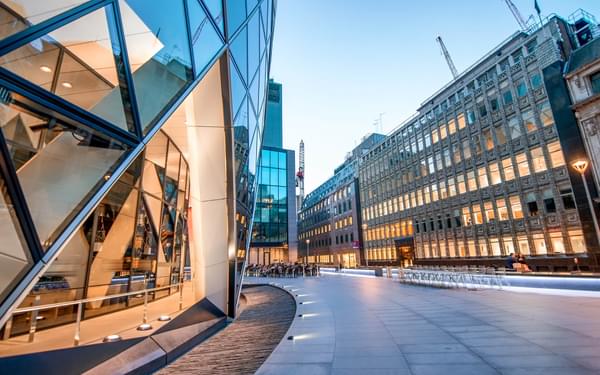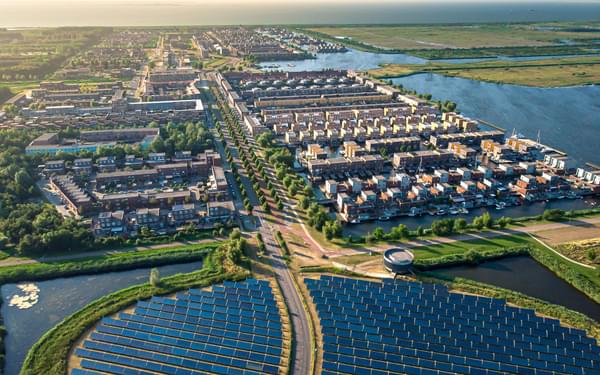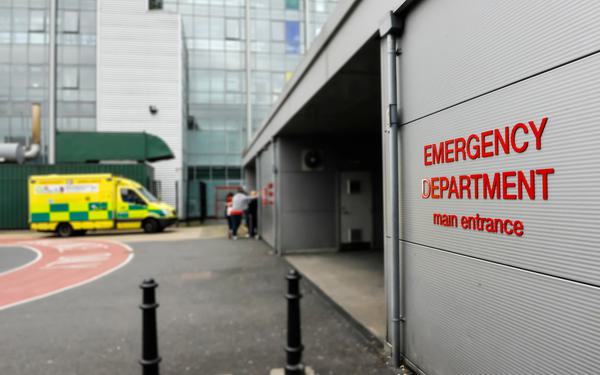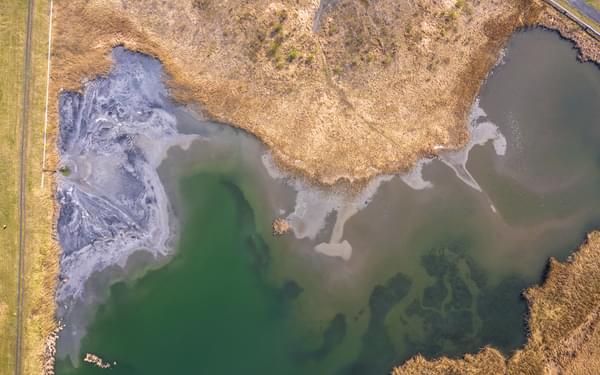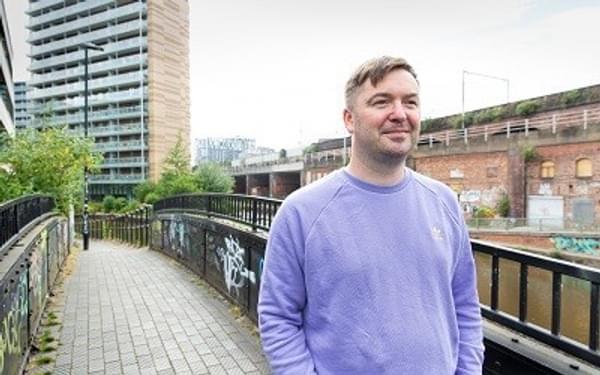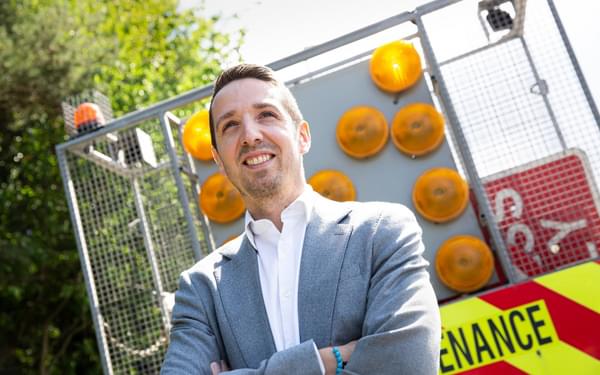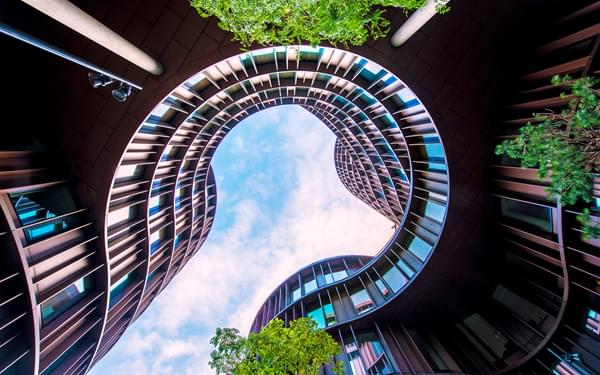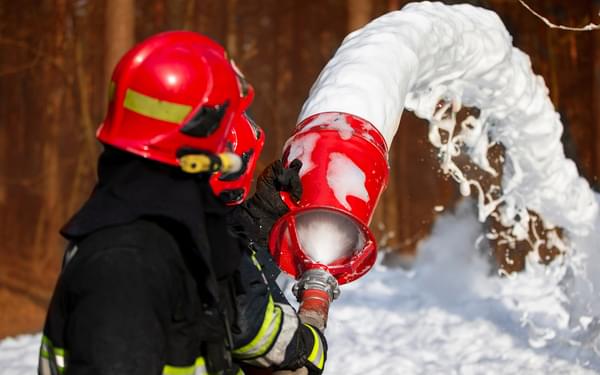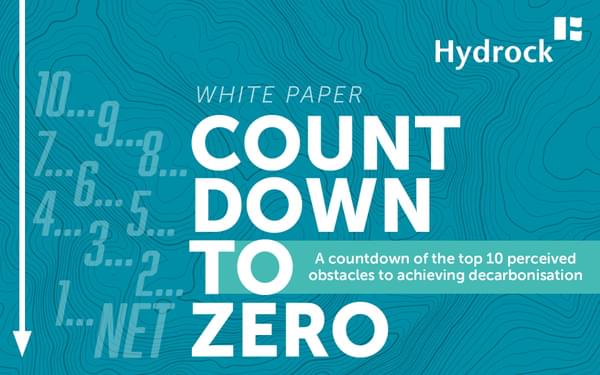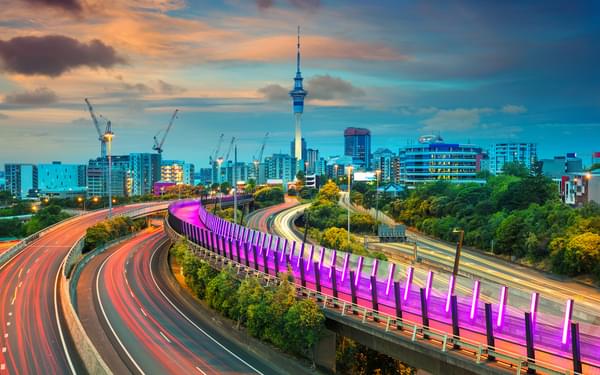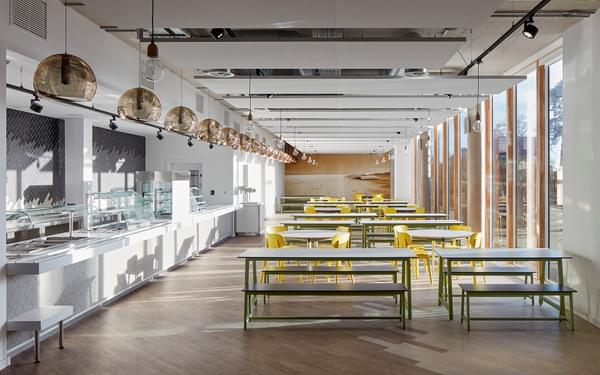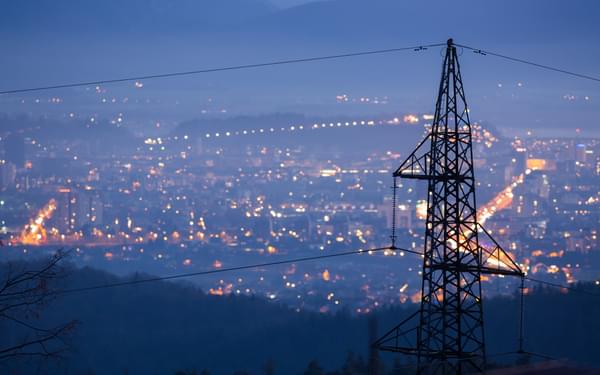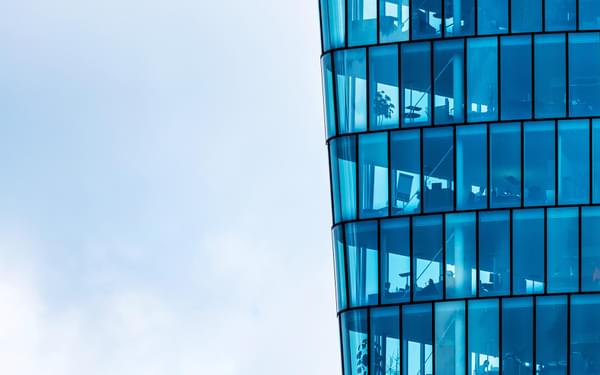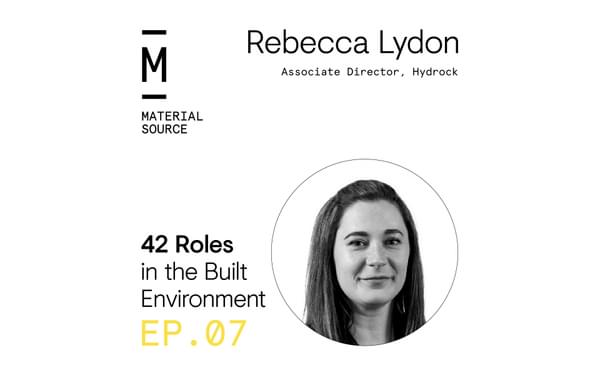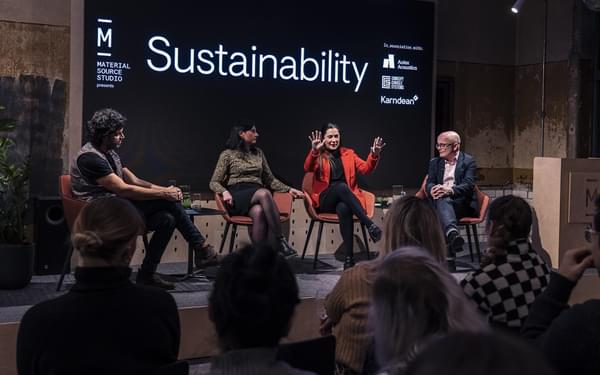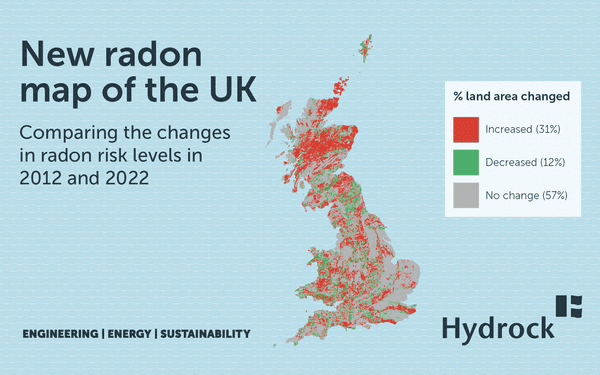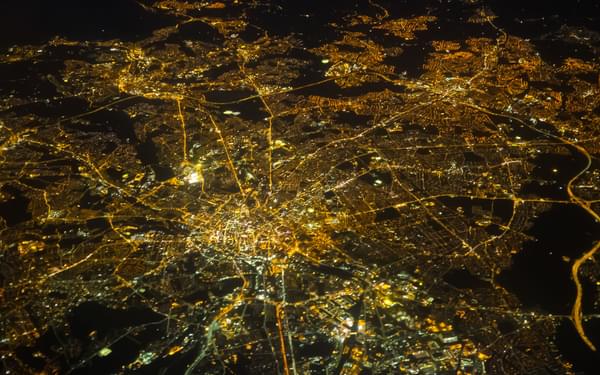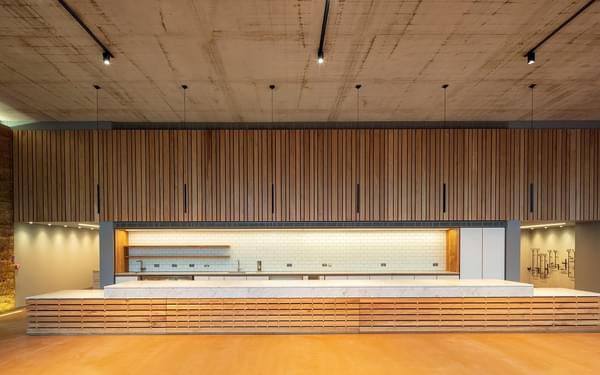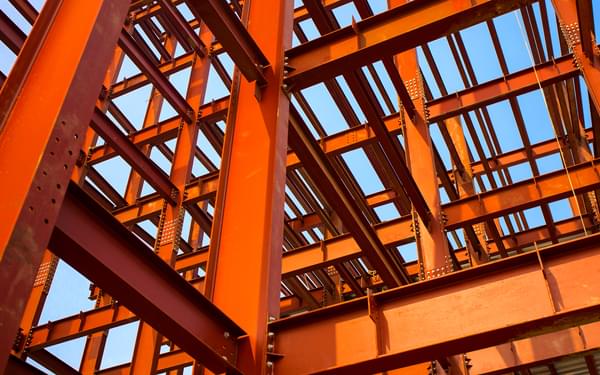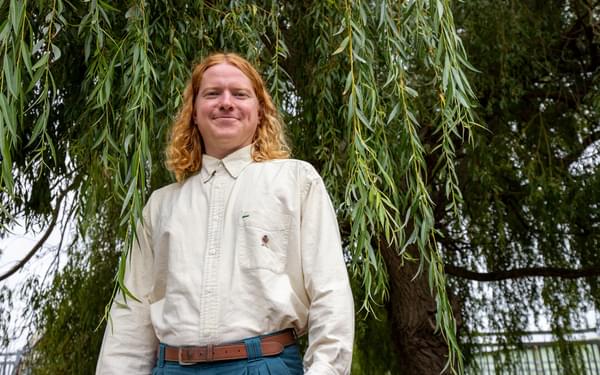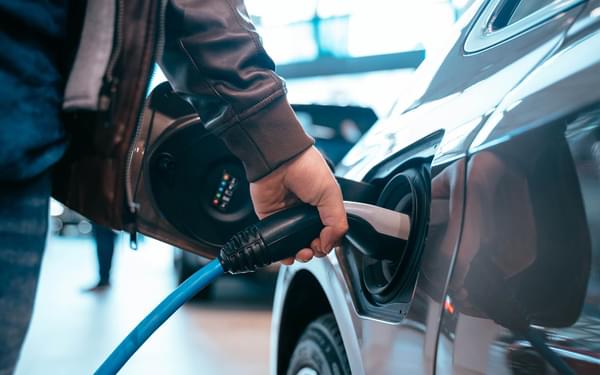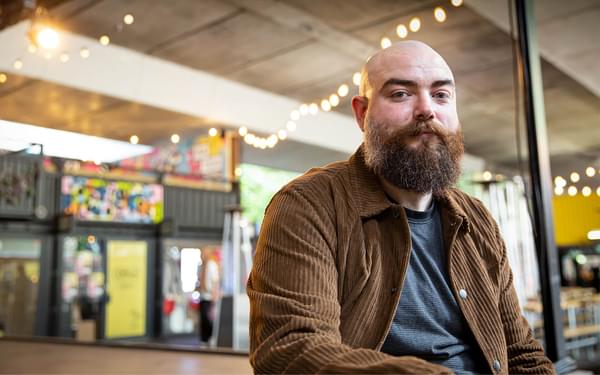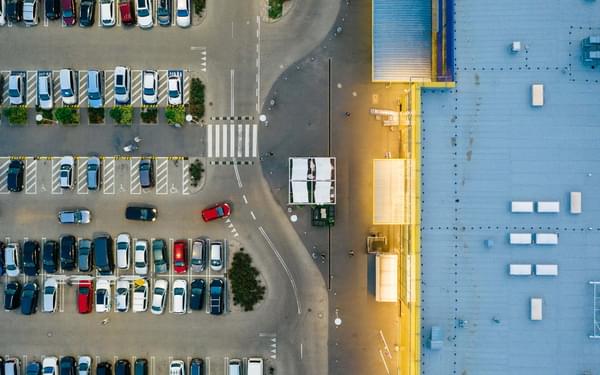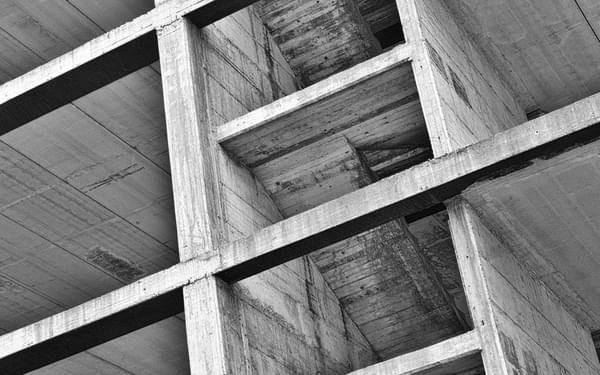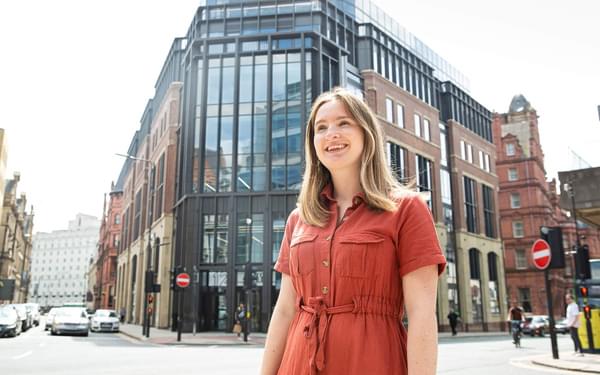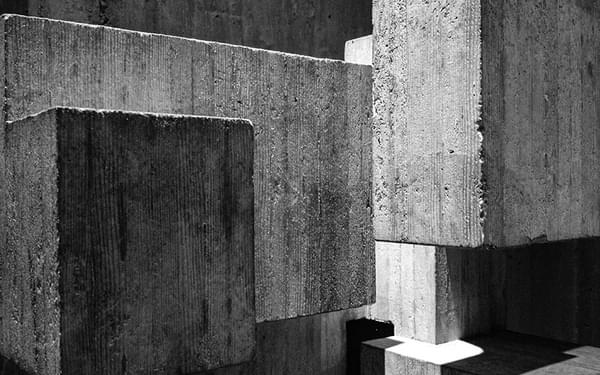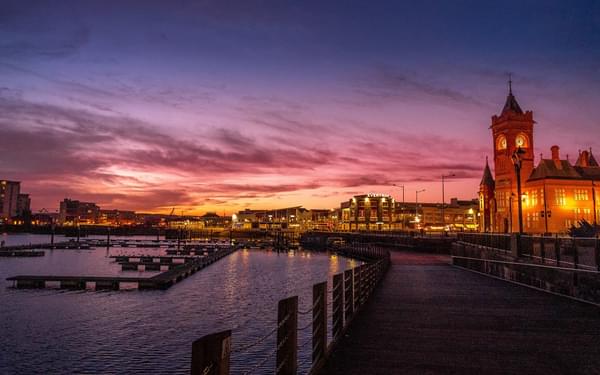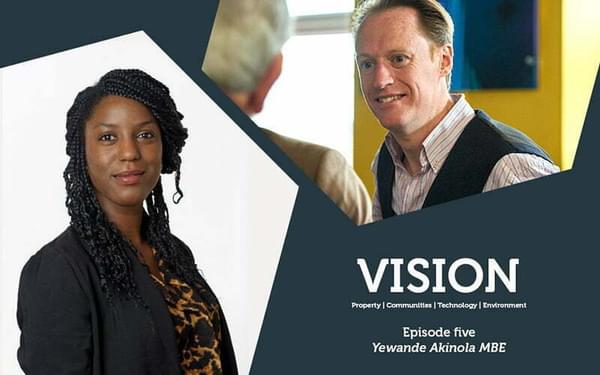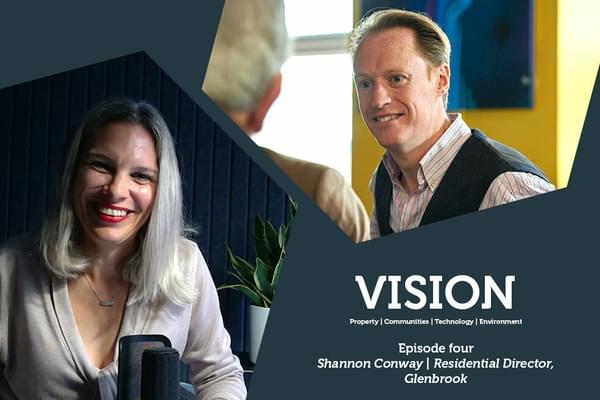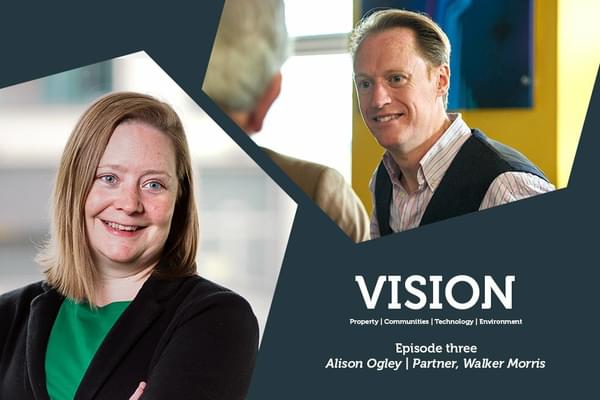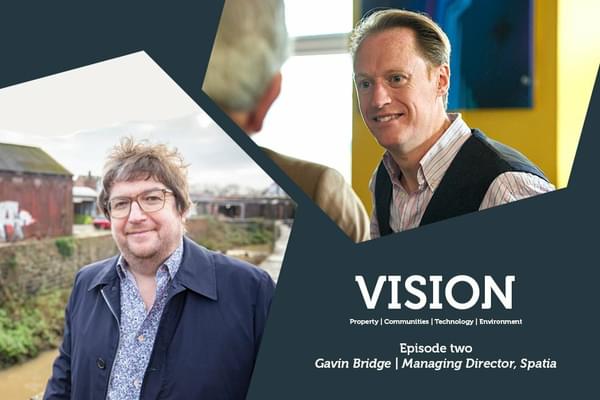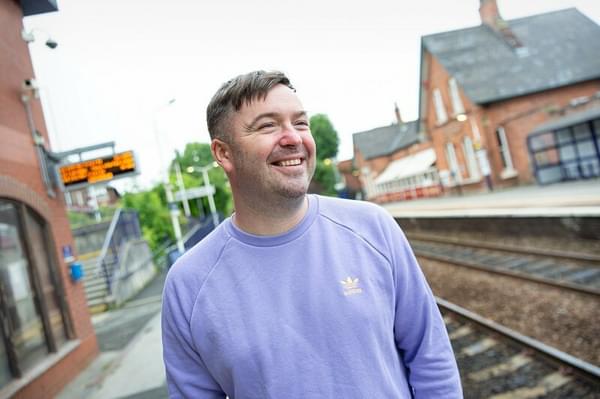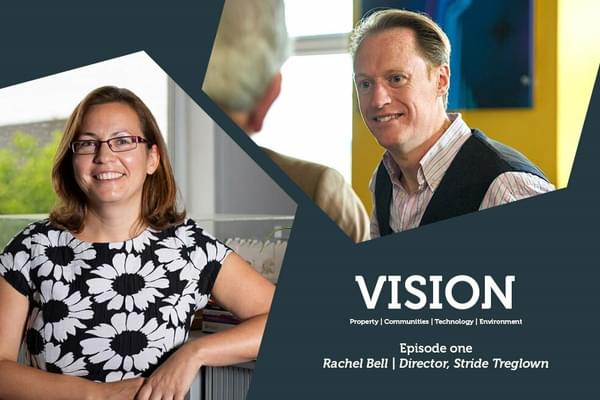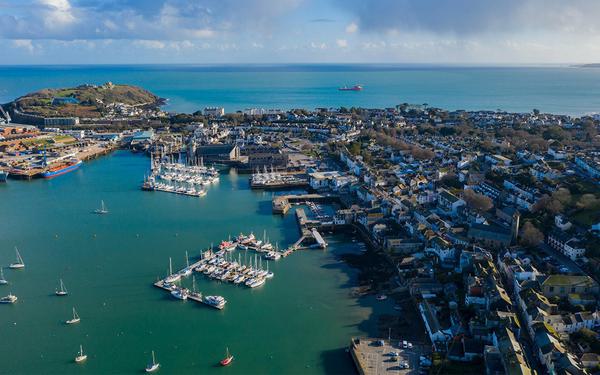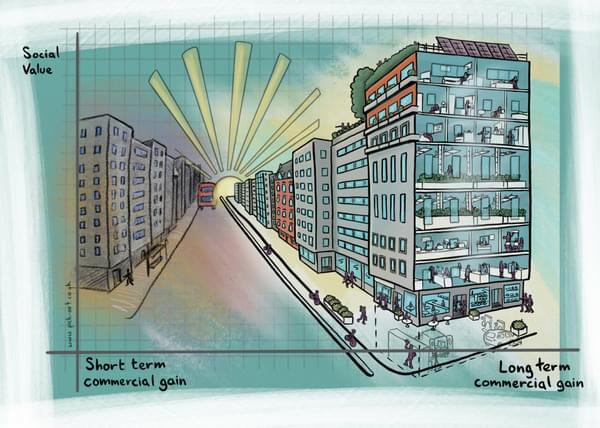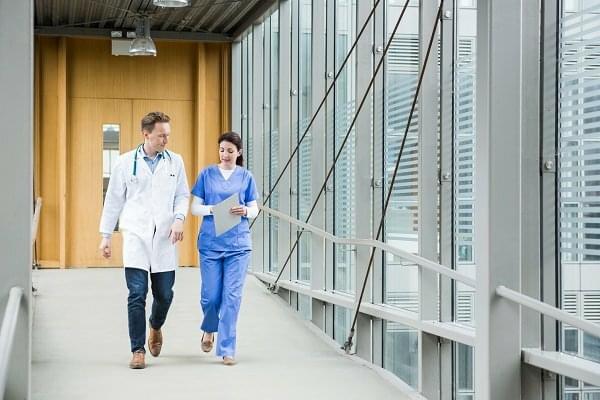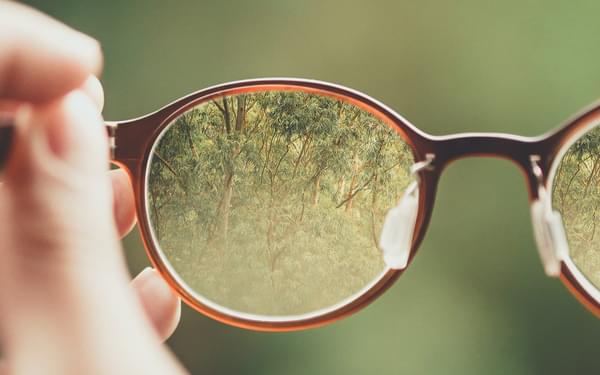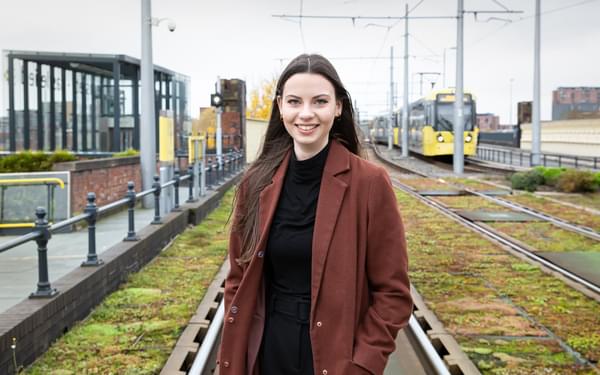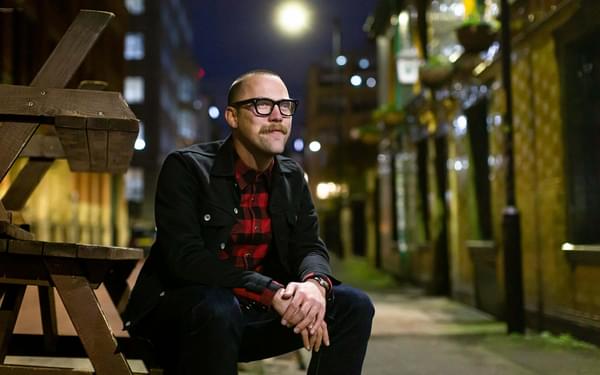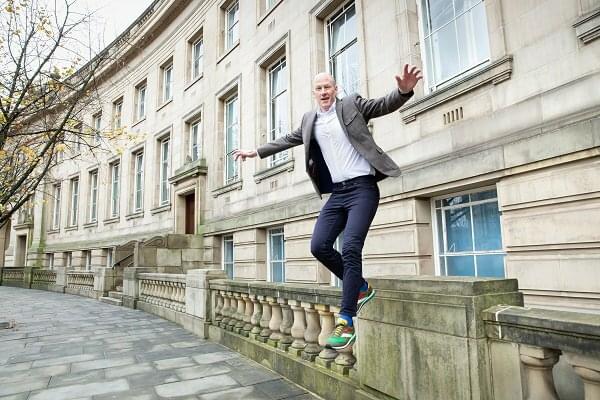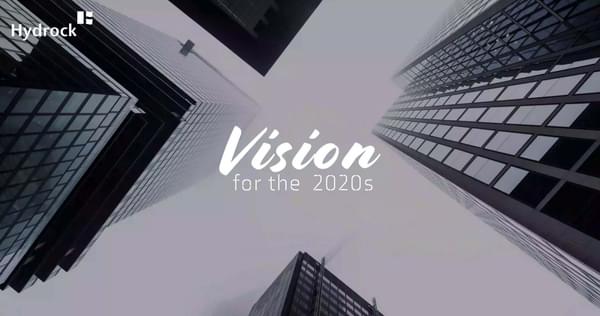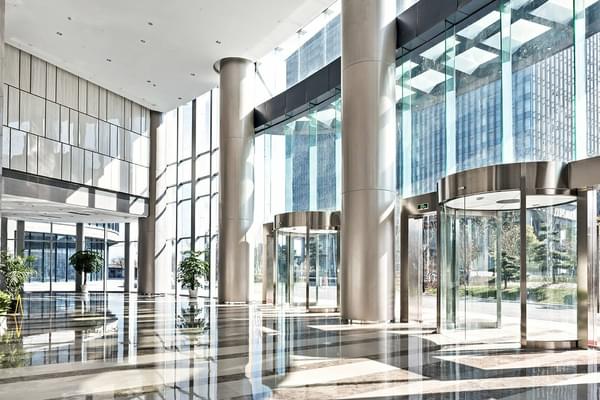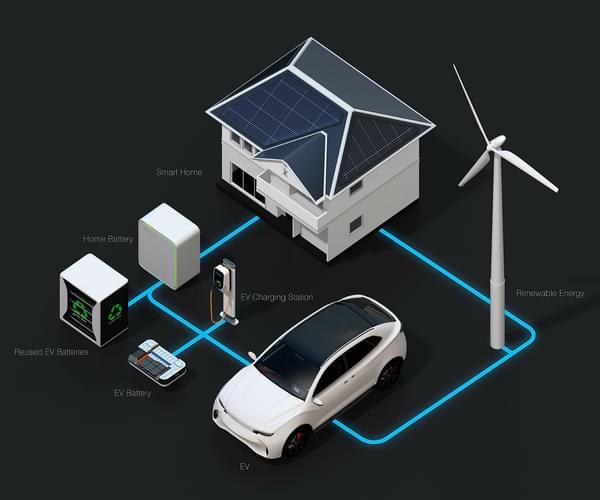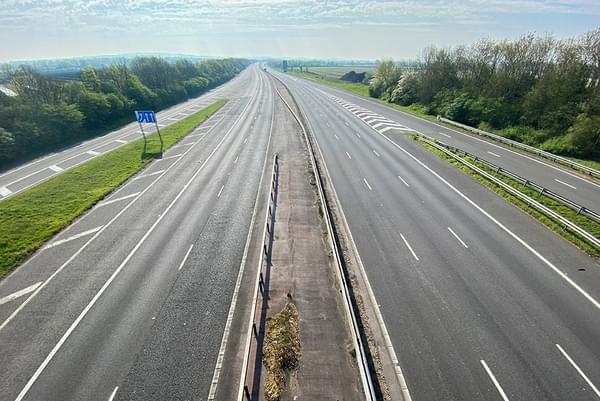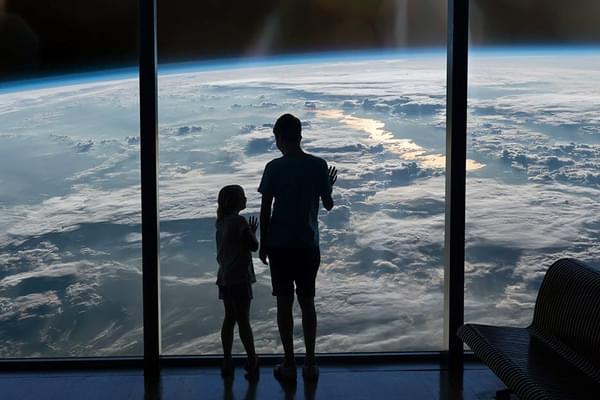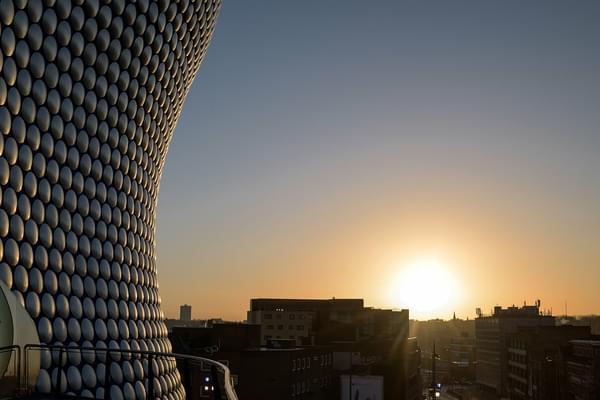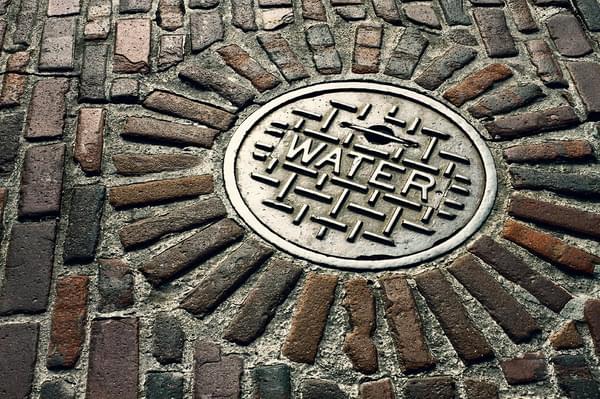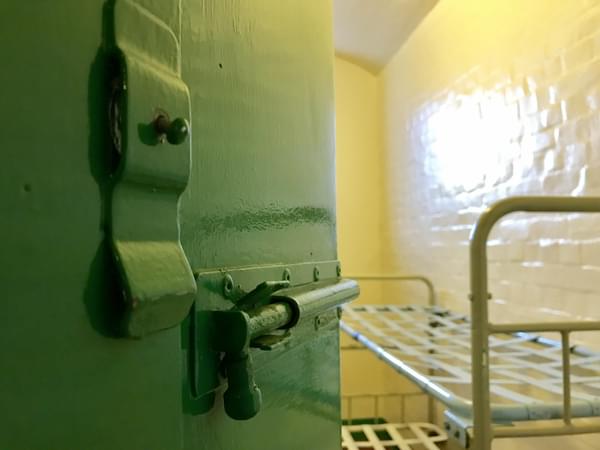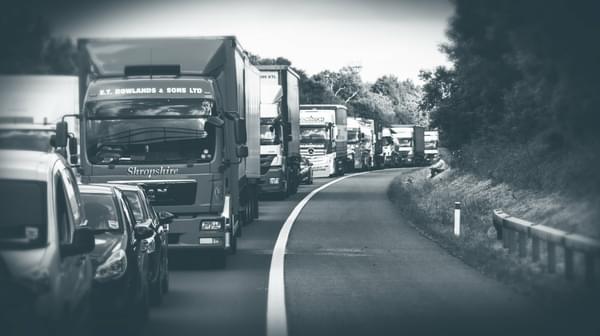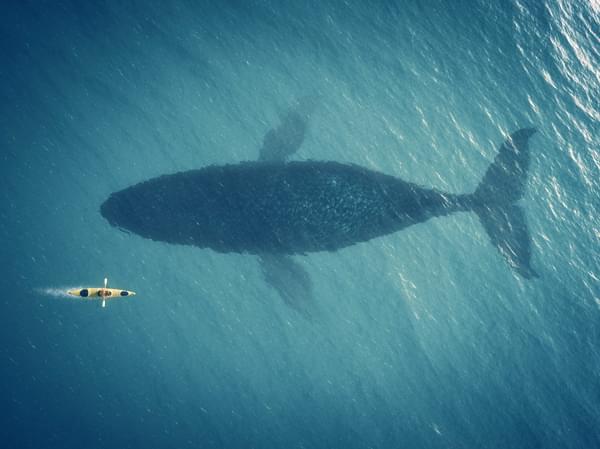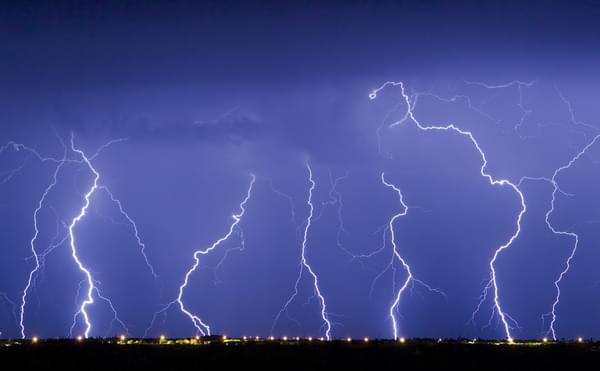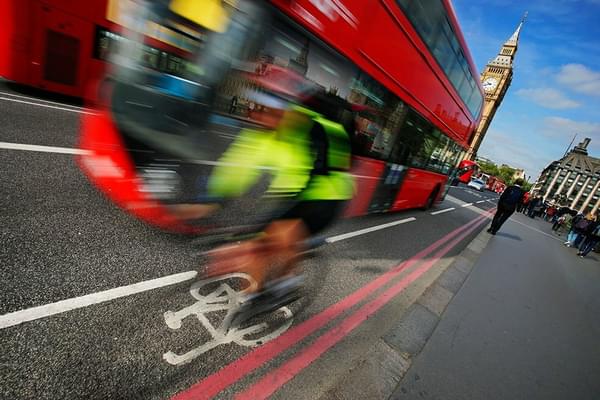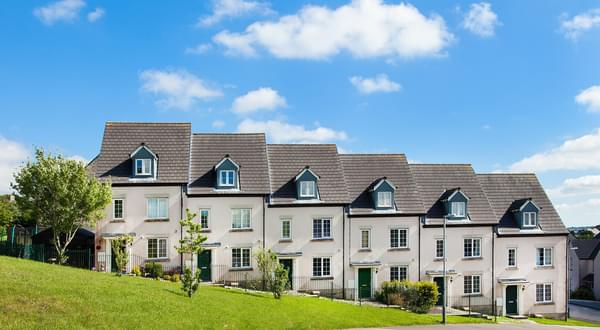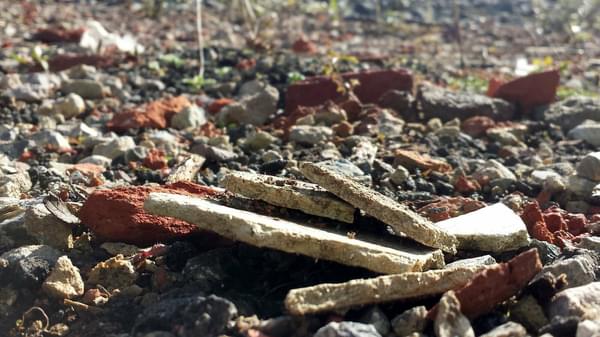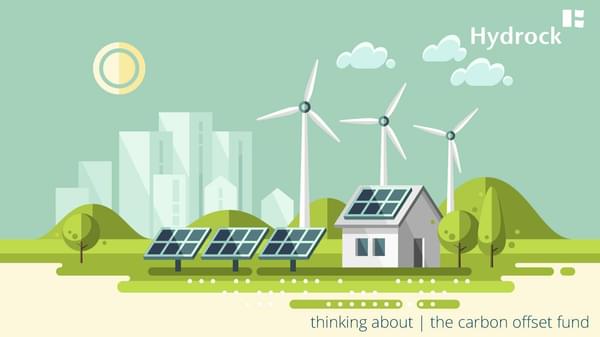Back to Articles
Biomimicry: how engineers can use nature to reduce a building's carbon footprint
22nd Apr 2020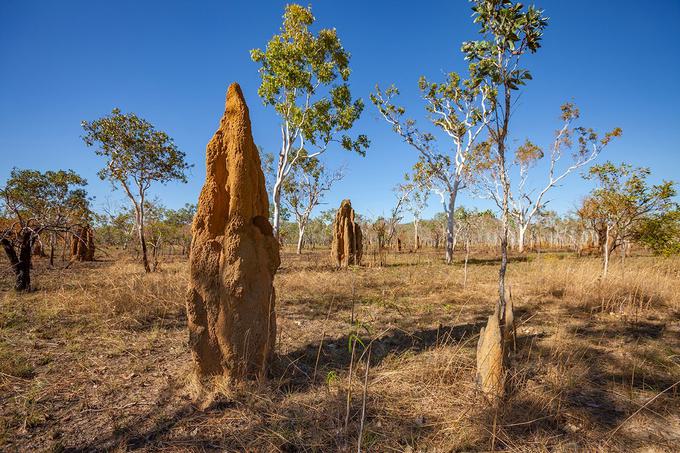
As the construction industry increasingly focuses on sustainability, there is mounting pressure to meet a building’s energy demands using renewable technologies. Technology is certainly one route, but we can also help reduce a building’s demand for energy by integrating passive measures in the early design stages. This could lead to a truly significant reduction in the carbon footprint of the built environment.
Enter, biomimicry. Biomimicry is the process of learning from existing systems that can be found in nature and working out how to replicate and apply these systems to improve technologies and methods of design or construction.
In nature all systems must operate with limited resources, which tends to result in two outcomes. The first is a very efficient use of resources, allowing little to be wasted. The second is ensuring that systems are based around passive reactions rather than active ones which require energy input.
As an industry, we need to start looking to nature for alternative means of inspiration, so that we can adapt our current designs and improve them, ultimately allowing our buildings to provide fresh air and sunlight while maintaining a consistent internal temperature.
Termite tunnels
For example, leaf cutter ants ventilate their nests by creating inflow and outflow tunnels. They utilise wind-induced ventilation to prevent overheating during the summer.
Termite mounds are also designed to prevent overheating, however they utilise different design methods. A termite mound has several tunnels which run up the length of the mound close to the outside edge, so as the sun heats the mound the air in these tunnels starts to warm up, becoming more buoyant and rising up out of the top of the mound. Low level tunnels draw in cooler air, lowering the temperature of the mound.
During the design of the Eastgate centre in Zimbabwe researchers created 3D scans of termite mounds and analysed which elements of its construction could be applied to the building. The end project was a building which maintains a cool temperature without air conditioning and only requires 10% of the energy of a conventional building its size.
Within the UK, air conditioning and refrigeration makes up for around 20% of total electricity use, and when you look to hotter climates this increases dramatically, making up 40% of power use in Mumbai and more than half of Saudi Arabia’s peak summer power consumption. With this in mind it’s easy to see how applying passive methods could have a big impact on the total energy use of the built environment.
A drop in the ocean
It could also change how buildings harvest and store rain water, something which will become of greater importance as water scarcity becomes more common with higher global temperatures. In the UK alone it is forecast that we will be in deficit by 800 million to 3 billion litres a day by 2050 and by 1.4 billion – 5 billion litres a day by 2080.
Water scarcity is a common problem that nature has found several solutions for, the most common being harvesting water from fog. The Namib beetle lives in a coastal desert which often gets fog but little rainfall. The ridges on the beetle’s shell encourage the water to form droplets on it, and once the droplets are big enough, they run down the shell and are channelled to its mouth.
Redwoods along the coast of California have specialised needles that water droplets from fog adhere to before forming larger droplets and falling to the ground below. This phenomenon, referred to as ‘fog drip’, ensures that Redwoods have moist soil even amid state wide droughts.
If the external façades of buildings could incorporate these methods into their design then buildings could have a reliable and self-sufficient method of water production with no energy input required.
Inspired solutions
Biomimicry could also be the key to cutting down on the captured carbon of a building. bioMASON are producing kiln-free bricks using bacteria that alters the pH of the surrounding aggregate material. This was inspired by the process that allows coral reefs to form. A non-toxic formaldehyde-free wood glue has been developed as a result of research into how blue mussels attach themselves so firmly to underwater surfaces.
There are lots of natural solutions that we could be inspired by to improve the efficiency of buildings through passive measures. We are already aware of some and there are many more that are yet to be uncovered.
Making this a reality requires an increased focus on valuing creativity from engineers at the earliest stage of a project to integrate biomimicry measures with the architect’s vision of the building.
[Many examples were taken from: https://asknature.org/]
Explore related
- Articles

How the London Plan sets the example for consistency in climate-related policy making
Read more- Articles
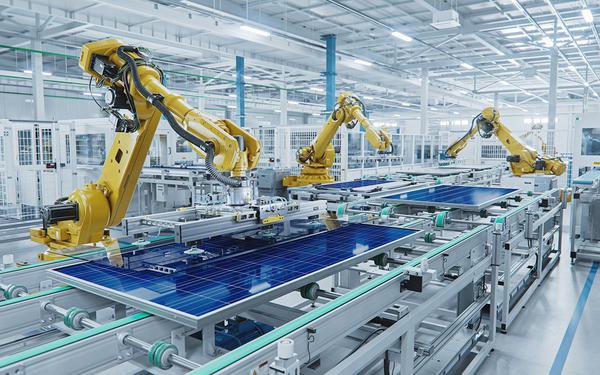
Decarbonise for less: unleash the cost-saving power of the Energy Savings Opportunity Scheme
Read more- Articles
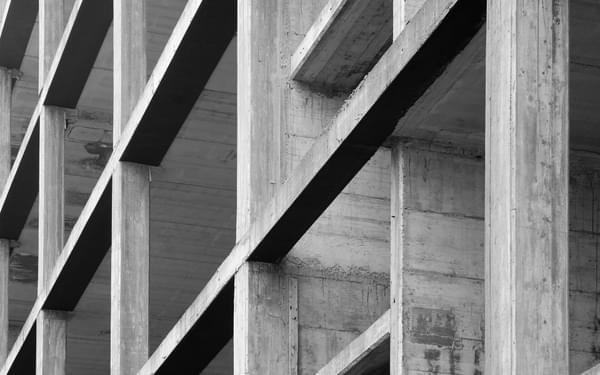
Why 'just add mass' is no longer an acoustic solution in a carbon conscious world
Read more- Articles
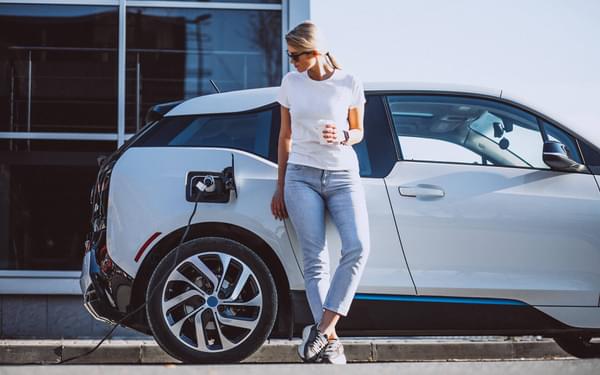
Navigating the electrifying world of EV charging investments: Making 'big data’ central to due diligence
Read more- Articles
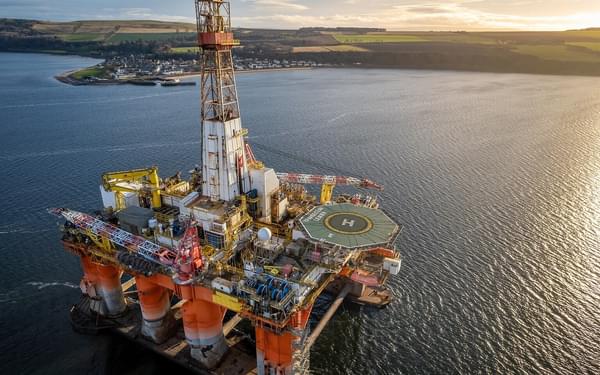
Why the UK government’s case for investment in new oil and gas production is flawed
Read more- Articles
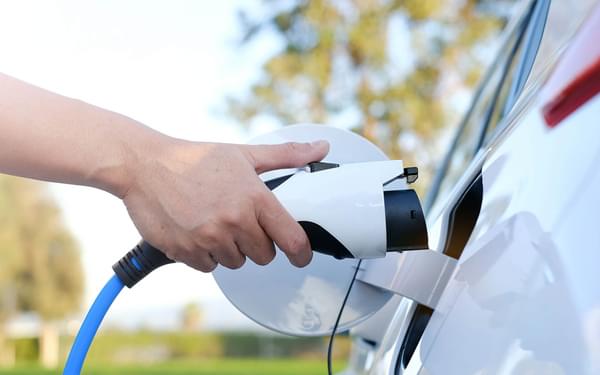
Mark Pearce comments in Fleetworld: How can ChargeUK enable fleets to go electric with confidence
Read more- Articles
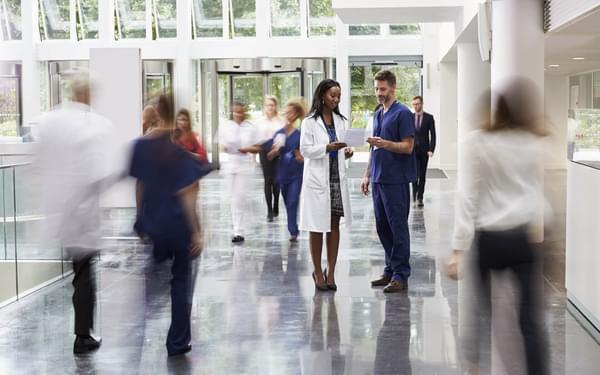
NHS Trusts need to be ‘fund-ready’ to maximise Government’s decarbonisation support
Read more- Articles
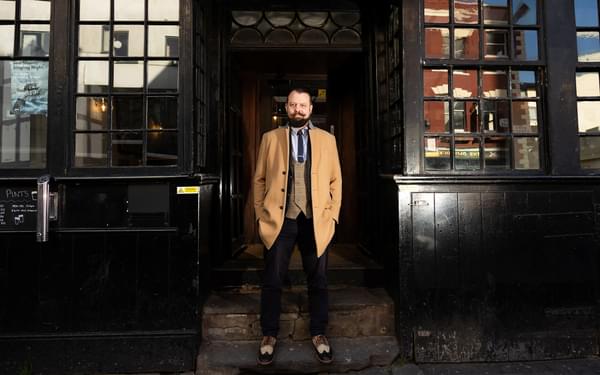
Interview: Ric Hampton appointed to Bristol Nights Advisory Board to support nightlife & culture
Read more- Articles
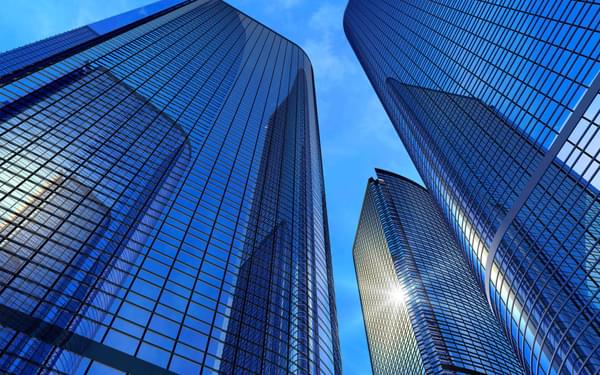
Hydrock comments in Building: The Building Safety Act and what the second staircase rule would mean for high-rise blocks
Read more- Articles

Hydrock roundtable: Diversity and access to careers in the built environment sector
Read more- Articles
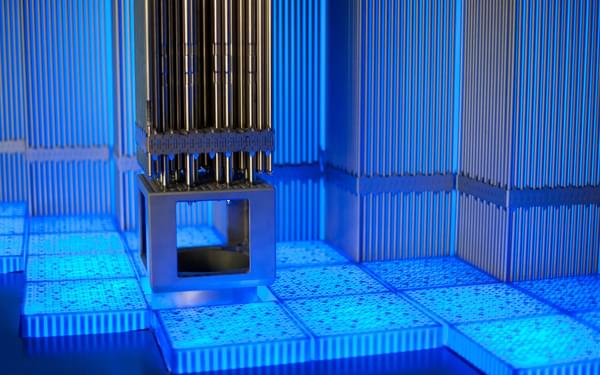
Hydrock comments in Building: Strong and stable? This government is anything but when it comes to energy infrastructure
Read more- Articles
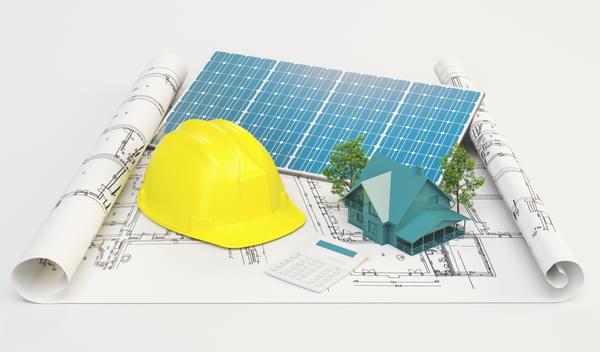
What do proposed changes to building regulations mean for energy efficiency standards?
Read more- Articles
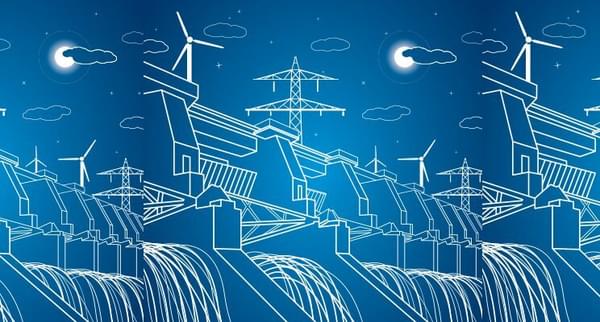
The balance of power - meeting unpredictable future energy demands in a rapidly changing environment
Read more- Articles








